Description
About Celeste Fig Trees
The Celeste Fig Tree—also called the Celestial Fig or Sugar Fig—is cherished for its sweet, honey-like flavor and small to medium fruit with rose-colored to violet skin. More cold-hardy than many other fig varieties, Celeste thrives across the southeastern U.S., is a favorite in California, and handles heat and humidity with ease.
This variety is known for its natural pest and disease resistance. As a closed eye fig, Celeste resists fruit spoilage caused by rain or pests like wasps, helping ensure a cleaner, higher-yielding harvest.
Delicious Fruit and Edible Leaves
Figs have been prized since Classical times for their rich flavor and versatility. Celeste figs are excellent fresh, dried, canned, or frozen. Enjoy them in salads, charcuterie boards, with cheese, or in desserts. Their flavor is deeply sweet, making them a hit in both savory and sweet dishes.
Even the broad, lobed leaves of the Celeste Fig Tree are edible! They’re often used for grilling, steaming, or baking, imparting a light smoky flavor to meats and vegetables. The dehydrated leaves can also be steeped to make fig leaf tea.
Figs are a nutrient-dense fruit, high in fiber, calcium, iron, potassium, magnesium, and vitamins A and C.
Growing Celeste Fig Trees
Celeste Fig Trees are deciduous and can grow up to 7–10 feet tall and wide. They thrive in well-draining soil with full sun exposure and are easy to grow in both outdoor gardens and large containers.
- In-ground hardiness: USDA Zones 6–9
- Container hardiness: USDA Zones 2–9 (with winter protection)
Winter Protection in Colder Climates
In areas where winter temperatures drop below freezing, Celeste fig trees benefit from insulation:
- Potted Trees: Move to an insulated, unheated room like a garage or basement. Water just enough to keep the roots moist but not wet.
- In-Ground Trees: Protect with chicken wire cages stuffed with leaves or straw, wrapped in burlap. You can also bend flexible branches down to protect them. Even if the top dies back, new shoots will emerge from the roots in spring—Celeste produces fruit on new growth.
Why Choose Celeste Fig?
- Cold-hardy and heat tolerant
- Self-pollinating (no second tree needed)
- Container-friendly and compact
- Pest-resistant closed eye fruit
- Fast-growing and productive
- Delicious fruit and edible leaves
Buy a Celeste Fig Tree Today
Enjoy the beauty, flavor, and versatility of the Celeste Fig Tree—a compact, cold-hardy fig variety that rewards you with sweet fruit, edible leaves, and attractive green foliage. Great for containers or garden beds alike!
Characteristics
| Fruit Color | Purple |
| Fruit Size | Small - Medium |
| Hardiness Zone Range | 2 - 9, Outdoor Planting: 6 - 9 |
| Pollination | Self-Pollinating |
| Ripens/Harvest | July |
| Shade/Sun | Full Sun |
| Soil Composition | Loamy |
| Soil Moisture | Well Drained |
| Soil pH Level | 6.0 - 6.5 |
| Taste | Sweet |
| Texture | Soft |
| Years to Bear | 1 - 2 |
Zone Compatibility
Pollination
This variety is self pollinating.
Tools & Supplies
Planting & Care
Learn all about how to grow fig trees in The Growing Guide. An entire section of our website dedicated to your growing success.
Questions & Answers
If you need deep winter protection, chances are extremely good that your plant won't sustain its largest tree form. The trick is to get the smaller plant to mature enough old main stem to establish a tree form in the first place. Besides, it is misleading that they need hard frost protection - it is exposure to sun/wind and frost/defrost temperature swings that really do the harm to figs. Figs that do poorly will tend to break dormancy more easily. Celeste is a great variety for the southeastern US, where I am - goes to sleep and stays sleeping. The heavier and older wood will bear temperature variations better, and if you can moderate those swings with a thermal mass and temporary covering, you will conserve more of the plant through the spring when most of the killing frosts tend to hit.
On new growth.
There are several ways to do this. One is to plant it at a site that has a very low risk of freezing. That is a no-brainer. But you'd be surprised how planting up against a building or some other unique mircoenvironment will help protect it. Another option is to plant it is a large container that you can take into a garage or basement in the winter time. Not a great option, because that means you have to keep the plant small by excessive pruning. An approach my grandfather used was to dig a trench on one side of the plant and bend the tree down into it and cover it with soil. This burial approach is common among growers in some areas. The approach I am using is to wrap the tree in the fall after leaves have fallen to protect it from the cold. The main concern here is the hard, cold wind that can dry the developing buds. Wrapping it is not going to keep it especially warm in deep winter, but it will keep the wind from whipping across it, drying it out. Some people use old rugs or burlap bags or bed sheets. Do not use plastic trash bags, as heat can build up inside them during sunny days in late fall and early spring. I used some used landscape fabric followed by burlap last year and it worked OK. Be sure to wrap the whole thing. Don't prune it now, except maybe the stray branch that won't accommodate the wrapping. The other thing I do after the tree is wrapped is to cover the base of the plant with leaves to insulate the roots. There's a lot of stuff on the internet about this, so you might be able to find pictures as a guide. Enjoy.
If youwant the tree to grow as a multi trunk annd very productive producer then allow the low branches to grow. If you want the tree to be a single trunk tree then cut them.
Yes it's normal for a "bare root" tree to look like a stick with roots. I bought the same tree earlier in the year. You plant it as per the instructions and it will begin to grow leaves and branches after a bit. It takes a while, but it happens. It probably will not have any figs the first year and I don't expect any. Mine now has leaves and is slowly putting out branches from the top and the "stick". I expect to see no figs until year 2 or year 3. After that.... lots of figs and major growth (it has to develop a good root system before any of the good stuff happens).
The Celeste Fig can definitely live indoors. Last year I kept it in a slightly heated garage and it didn't go dormant. But it didn't produce during the summer. This winter I've got it a cooler, but not freezing location - hoping it will produce. Last year it had light from a window, didn't use a plant light. This year it's mostly dark and the plants are alive, but all the leaves have dropped. I water them lightly once a month.
I'm planning on keeping mine in pots (I have several), hoping it will put effort into fruit versus roots.
That will depend upon which option you choose. Please see the "Choose an option" dropdown menu near the top of the page, which will show you the various sizes/options that are available.
They usually only take 1-2 years to start bearing.
No insect problems whatsoever so far - My 3 Celeste trees are doing wonderful in their 2nd & 3rd years of growth and hoping to get figs this year - if ants become a nuisance when ripening fruit is present I would sprinkle some Diatomaceous Earth around the base of the tree.
Depends on where you live. In Arkansas they do fine outside.

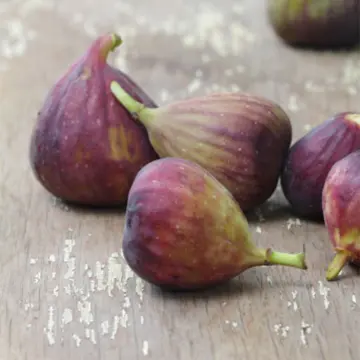
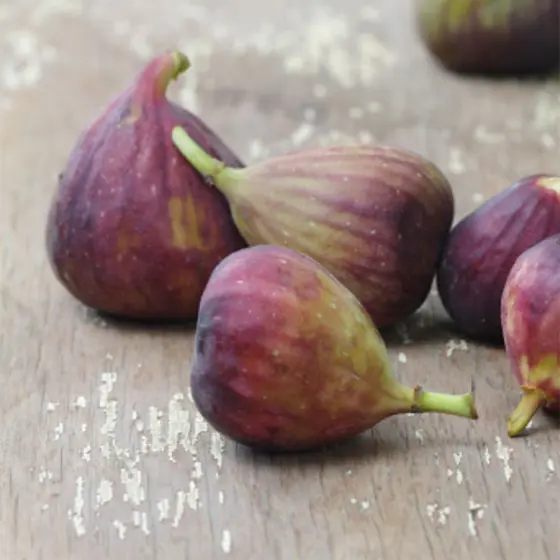
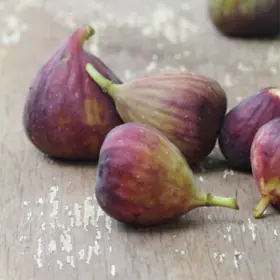
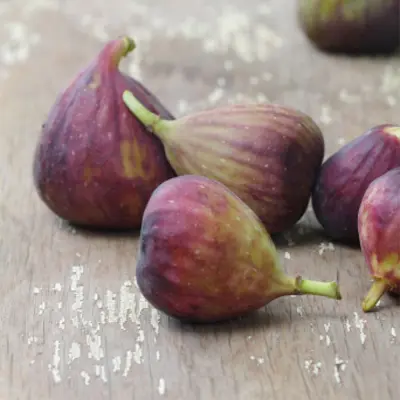
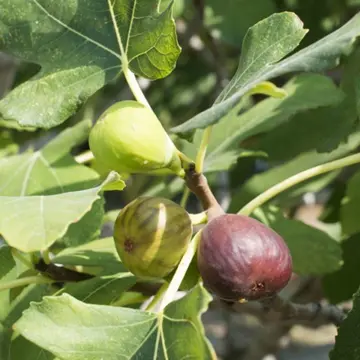
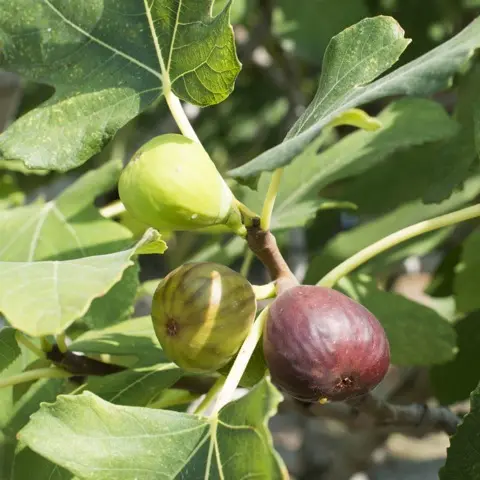
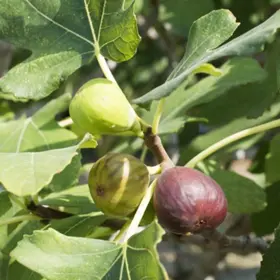
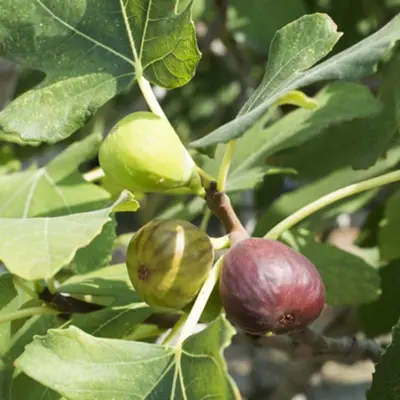
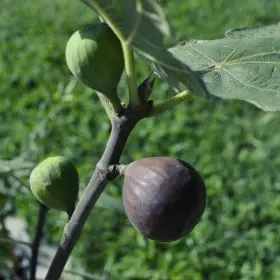
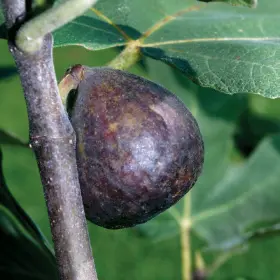
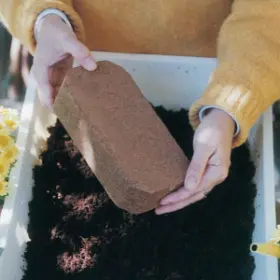
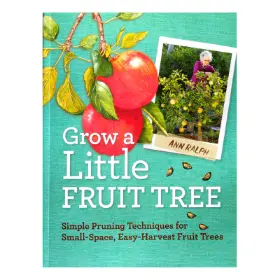
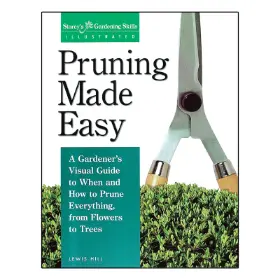
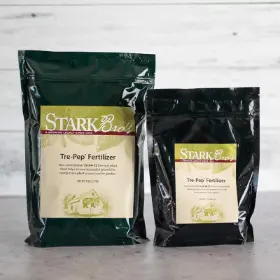
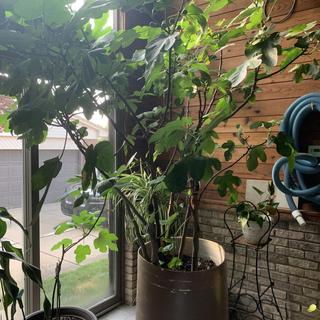
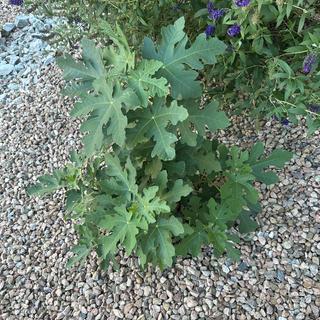
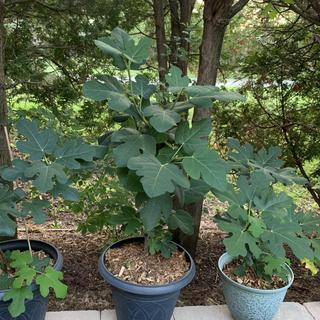
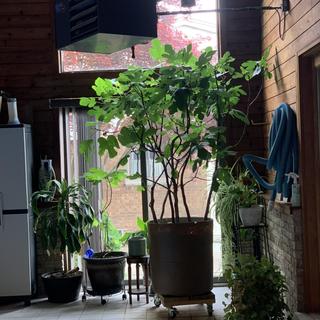
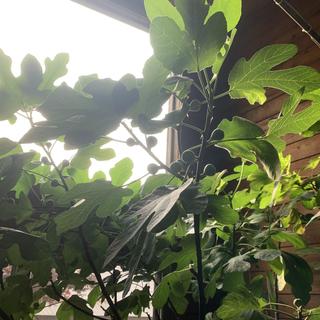
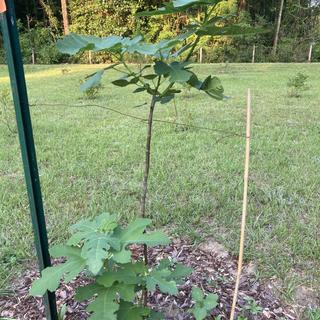
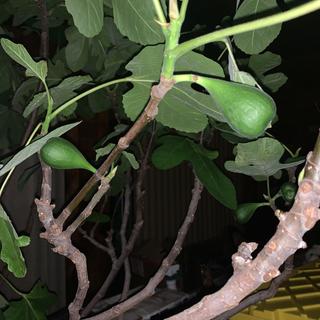
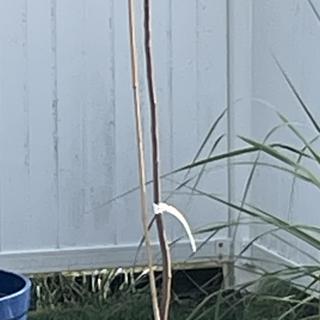
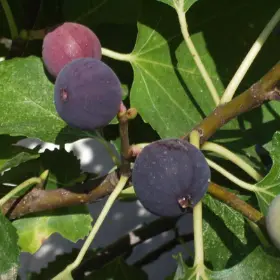
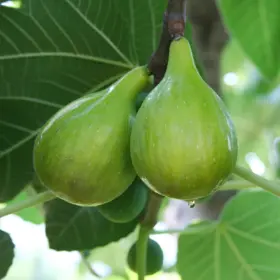
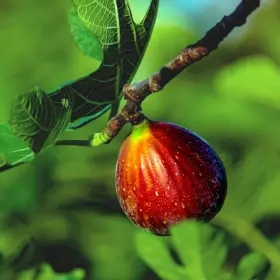
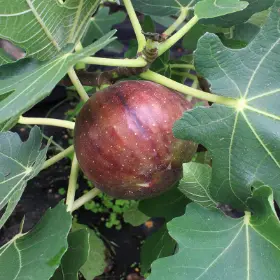
Old time favorite of my southern mother many years ago.
My other fig trees were lonesome
I love figs
Anxious to include this in my fruit growing opportunities.